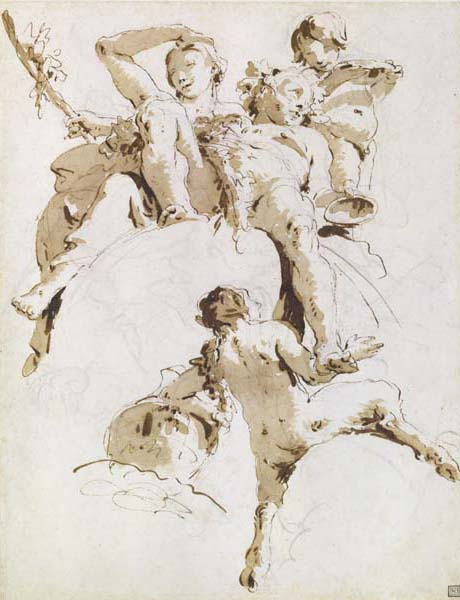In this project you will be looking at the work of an established artist (past or present), dissect the materials and techniques that they employ in the creation of their paintings, and emulate these techniques in the creation of your own work.
There are a variety of elements to this assignment which will all be outlined below.
Collect no less than 5 images from the artist of your choice.
If you have no idea about what you want to paint, then take some time and look at a variety of images and movements ( Google “list artist movements”)
So in this case I’ve chosen to look at the work of Artemisia Gentileschi.
First lets do some preliminary research on her. It doesn’t have to be too in depth but you should identify the broader movements that an artist is a part of and some of their contemporaries. If you have chosen a famous artist, this will obviously be easier than some random person you like on Instagram. If you’re unsure of where your artist fits within art history we can look at the work together and I’ll help you out.
So, by just looking at the first paragraph of Artemisia’s wikipedia page I’ve found out the following.
“Artemisia Gentileschi or Artemisia Lomi (Italian pronunciation: [arteˈmizja dʒentiˈleski]; July 8, 1593 – c. 1656) was an Italian Baroque painter, today considered one of the most accomplished painters in the generation following that of Caravaggio. “
Now lets ask ourselves. What is Baroque painting? And of course google will tell us.
“Baroque art was meant to evoke emotion and passion instead of the calm rationality that had been prized during the Renaissance. Among the greatest painters of the Baroque period are Velázquez, Caravaggio, Rembrandt, Rubens, Poussin, and Vermeer. Caravaggio is an heir of the humanist painting of the High Renaissance.”
So suddenly we see that our artist isn’t just a lone genius struggling in a garret. They’re part of a larger movement that almost always involves a conversation with their contemporaries (besides “Outsider Art” which we love because it truly does stand alone). So now let’s look at some works from her contemporaries. For this assignment you must save 5 images depicting other works made during the same time.
Now you’ve got a good amount of images to work with. If you need to find a way to save these images to your phone you can download an image downloader app (sometimes google images can’t be downloaded directly like the good old days). If you wish, you can compile these images into a PDF (ONLY A PDF… No really, a PDF! Protable Document Format. PDF) and I’ll print them out for you.
Analyzing your images and taking note of technique, materials, and processes.
Ask yourself the following questions.
How is the paint applied? Is it done quickly, or more methodically.
What’s the subject matter in the paintings? Is it a landscape, a figure, a historical painting, an abstract painting, etc. ?
Does the painting involve glazing and layering, or is it all done “alla prima” (all at once, wet in wet)
What did their preliminary sketches look like? This isn’t mandatory since sometimes they can’t be found. But it is a very helpful tool in discerning just how they painted.
5. What materials and techniques are used in the painting? Were there any special materials that an artist is using to help achieve their goals?
You will have multiple classes to work on these projects. For this reason it is important to begin with some preliminary sketching. These don’t need to be highly modeled and finished works, but should show the major value changes that you’re going to be working with. You must have no less than 5 preliminary sketches. These are best done in brush and ink since you want to see the value changes. If working from a photo, you will be using a grid to make sure your image will fit your canvas properly.
We will all be meeting individually to discuss more in depth the characteristics of each work, so everyone’s path may be a bit different. For instance, if you wanted to make a photorealistic painting in the style of Marilyn Minter then you’re going to need a very different approach than with Artimesia Genteleschi. Remember that artists create what’s called a “studio practice” and this practice often involves a very methodical approach to the creation of their work. Try to identify and see how all of these steps create a finalized work.



